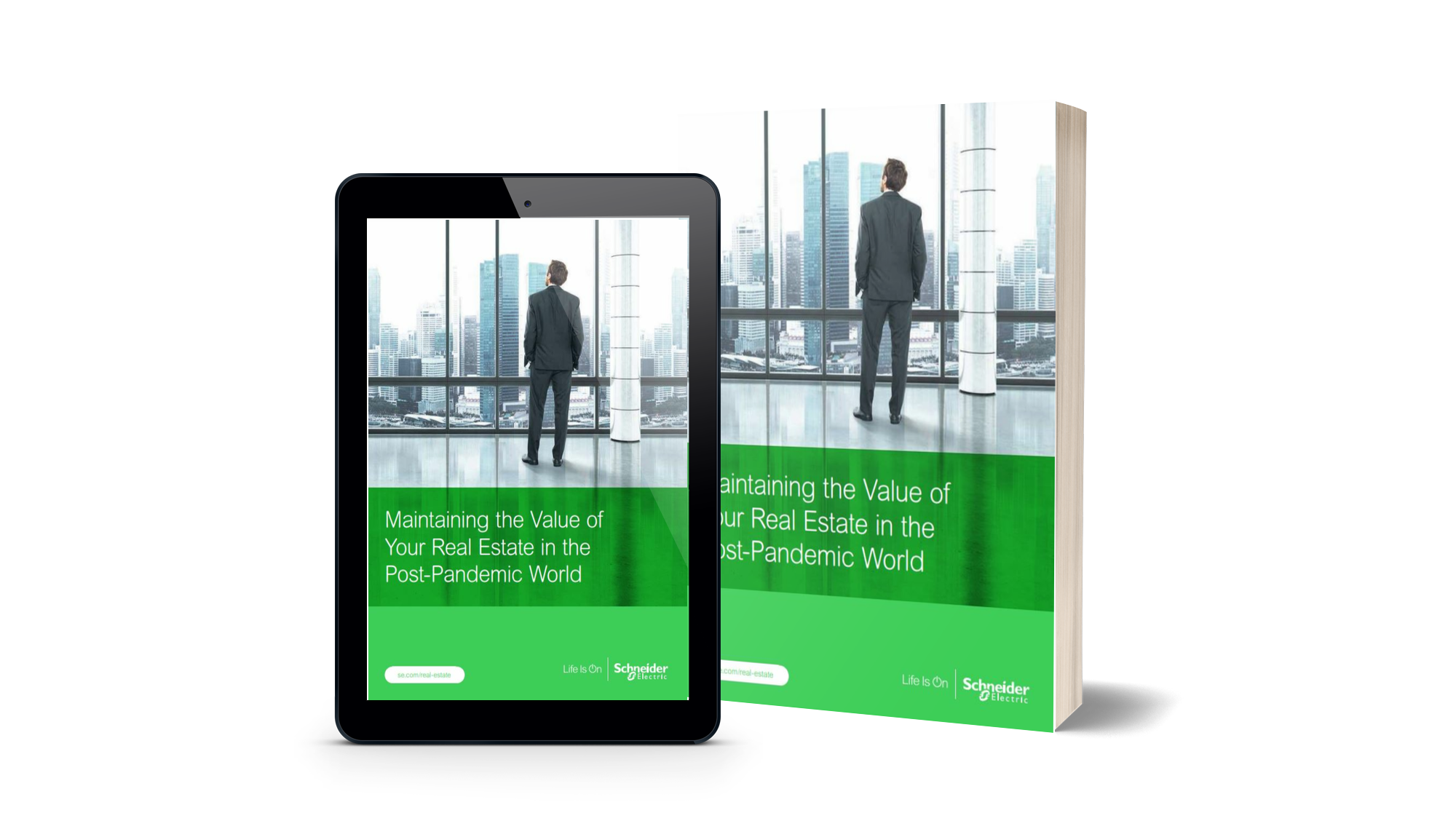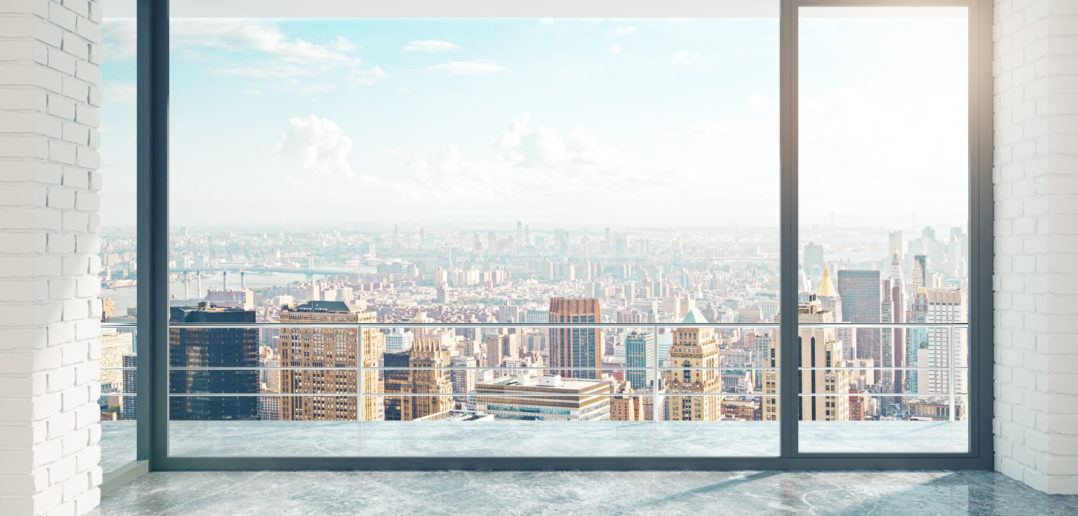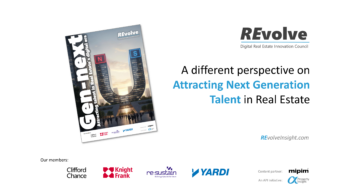According to a recent report, 63% of Fortune 100 companies and 48% of Fortune 500 companies have established internal sustainability and clean energy initiatives, a 5% increase since 2014 [1]. Developers and property owners across the world are integrating new technologies into their properties to increase the overall efficiency of their buildings and its users. One of the most exciting applications lately has been the development of electrochromic glass, which can automatically adjust the window tint in response to exterior lighting conditions.
Low-emission glass isn’t a new concept, but companies like View, Sage, and Heliotrope Technologies are improving upon existing smart window technologies to give functional control to building occupiers. By automatically adjusting to sunlight changes throughout the day, electrochromic glass reduces the interior heating and cooling load imposed on building systems, leading to a reduction in energy consumption. Early adopters are realising that its benefits extend far beyond energy reduction and cost savings as well.

Maintaining the Value of Your Real Estate in the Post-Pandemic World
What is it? What is it made of? How does it work?
The smart glass market is comprised of five different technologies: thermochronic, photochronic, liquid crystal (LC), suspended particles (SPD), and electrochromic (EC) [2]. Thermochronic and photochronic automatically adjust solely on the surrounding temperature and current lighting conditions. LC, SPD, and EC differ in that they are electronically controlled, allowing the user to customise interior lighting conditions to meet their immediate needs. However, EC is the standout among the group for two reasons; 1) it requires a lower voltage to operate and 2) it is the only technology to pass the ASTM standard for accelerated environmental durability, equivalent to a >50 year lifetime.
Electrochromic glass consists of multiple layers of ceramic material that distributes ions and electrons layer to layer when an electric charge is applied [3]. The movement of the ions and electrons across layers is what controls the quantity of light properties that pass through the glass. The layers make up a film that is inserted in between traditional dual pane glass using a method that is common in assembling low-e glass called sputter deposition.
“Among the many elements in the indoor environment, lighting seems to have the most impacts on the human body”
Traditional windows account for approximately 53% of a building’s overall heat load [2]. In its highest state, EC can block 90% of solar radiation, which dramatically lowers the overall energy transfer from the exterior to the interior. Electrochromic glass can reduce the peak load by 23% (to 30%), ultimately lowering energy consumption by 20% and reducing the size of the HVAC system needed to adequately serve the building.
In addition to energy cost savings, EC glass also eliminates the need and cost of burdensome window shades, which alleviates the need for artificial lighting features and allows for constant views and abundant natural light. According to a study conducted by the International Institute of Chemical, Biological, and Environmental Engineering, among all interior elements, light has the greatest impact on the human body [4].
Exposure to natural light directly effects human’s circadian rhythm, which is responsible for managing our internal clock and our attention and memory functions. Studies also show that office workers and students exposed to increased natural light experienced higher cognitive function during the day and improved sleep quality at night. Another case study of a mutual insurance firm who recently moved into an office with more natural light (increasing from 30% workstation windows to 96%) experienced a sixteen percent increase in claims processing productivity.
Add in user control functions for individual windows and you allow occupants the ability to optimise their interior environment relative to their current activity. The resulting increase in natural light exposure and user control functions from EC glass installation will improve worker productivity, student learning, and overall happiness of building occupants.
Various Applications and Worldwide Solutions
INPI, Courbevoie, France: The French National Institute of Industrial Property built its new headquarters with large windows and exterior window blinds. The closing mechanism for the blinds took considerable time to close and made a lot of noise in the process, which would disrupt meetings and anger employees. The INPI removed the exterior blinds and installed electrochromic solutions to the existing windows and have since experienced a decrease in overall utility costs and the automatic tinting functions don’t disrupt meetings or other worker functions.
W Hotel San Francisco, California, USA: Starwood Capital recently renovated its common areas to increase the ambiance and customer experience by removing all interior blinds and installing EC glass. The smart glass provider was able to use the existing window framing and increased natural light exposure to the lobby and other common areas while reducing energy load and exposing great views of the city that were previously hindered.
Bellavista Eye Clinic, Speicher, Switzerland: The new eye clinic in Speicher offers unparalleled views of its surrounding environment, something Bellavista did not want to obstruct. User control functions of the smart glass have contributed to patient recovery by regulating light exposure and eliminating dust build up on interior blinds.

Maintaining the Value of Your Real Estate in the Post-Pandemic World
“Someday, every glass window will be built this way” – Rao Mulpuri, CEO of View
Although the initial investment for electrochromic glass can be twice as expensive as traditional dual pane glass, developers and owner-users will save money over time due to major reductions in energy costs, smaller building system requirements, and eliminating the cost of window shades entirely. In addition, building occupants will benefit from higher worker productivity through the increase in natural light exposure and increased utility from better views of surrounding environment.
The current value of the global smart glass market is estimated at $3.32 billion and is expected to reach $8.35 billion by 2023, approximately 17% growth per year [5]. In June 2017, one of the industry’s largest producers, View, completed a $200 million USD fund raising effort, bringing its total funding to $700 million and a $1.1 billion valuation [6]. According to its CEO, the company is growing 25% per quarter and is doubling output every year. Sage Glass and Heliotrope Technologies are View’s main competitors, but there is anticipation that more competitors will enter the smart glass marketplace as benefits of the technology becomes more widely known. Its application across various product types makes this technology very exciting and a must watch industry moving forward.
Don’t miss the « Low Carbon Economy » Conference Panel at MIPIM 2018!
Click here to learn more!
Sources:
[1] Report by Ceres.org about Fortune companies
[2] Report by View: Energy benefits of View Dynamic Glass in workplaces
[4] Natural Light and Productivity: Analyzing the Impacts of Daylighting on Students’ and Workers’ Health and Alertness – N. Shishegar, M. Boubekri
Top photo © peshkov/GettyImages



